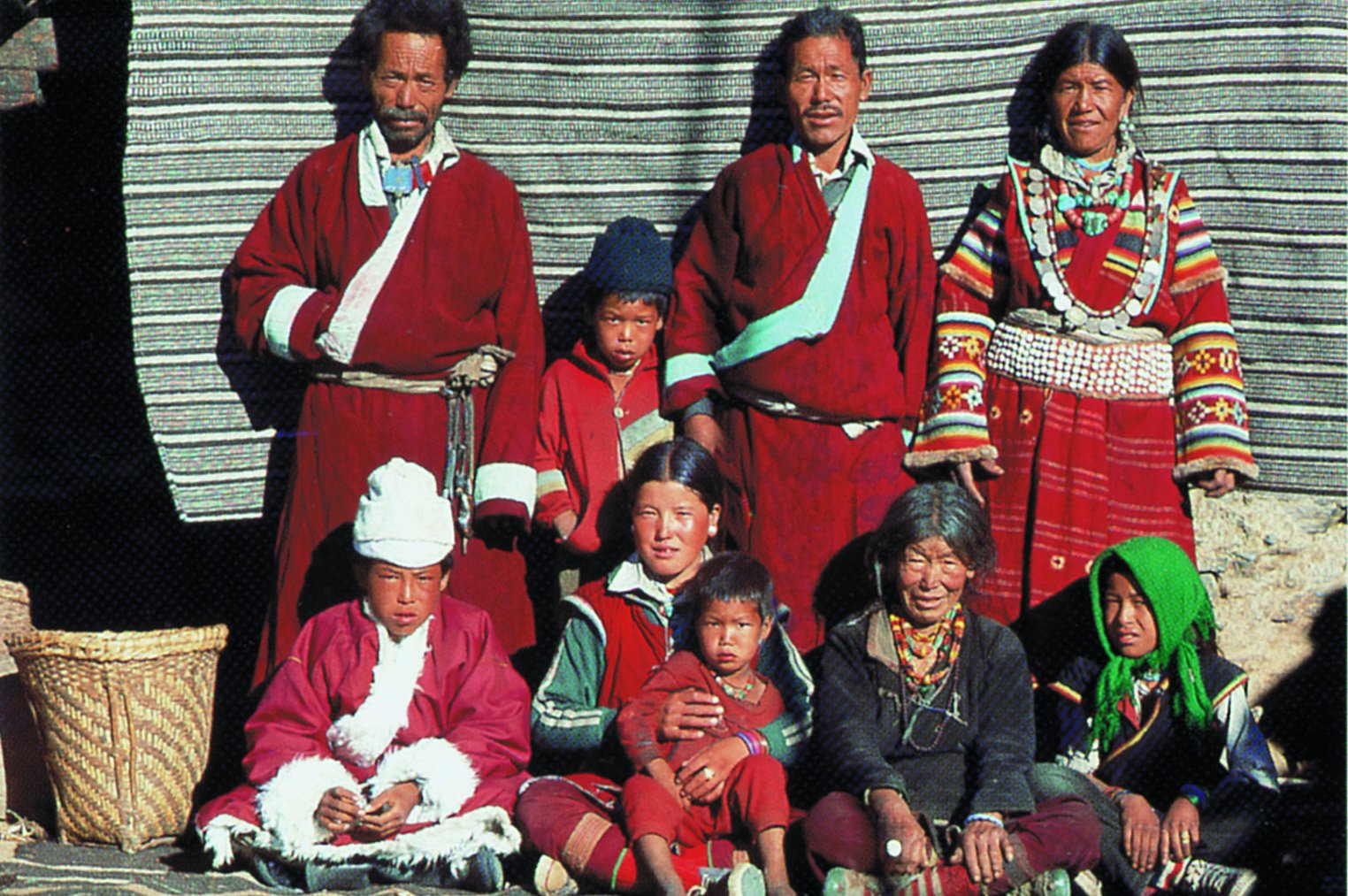McLennan, Morgan and Jenks are the notable exponents of the Matriarchal Theory. They reject outright the proposition that the patriarchal family was the earliest form of society.
Their thesis is that in primitive society there was no common male head. Kinship could only be traced through mother, matriarch, and the way of life was a horde or totem group.
ADVERTISEMENTS:
The advocates of the Matriarchal Theory maintain that patriarchal family is possible where either the monogamous or the polygamous institution of marriage exists. Such an institution of marriage did not exist in the beginning of society.
The earliest form of marriage was polyandry, one wife having several husbands. Wherever such an institution of marriage is present, the usual relations of husband and wife do not exist. Instead of a family composed of a man, his wife, and children there is a large and loosely connected group called a “horde” or “pack” organised for matrimonial purposes.
In such a condition of society promiscuity of sexual relations prevails and kinship is traced through females and not males. McLennan shares with Morgan “the credit of having discovered the clan, a maternally organised, hereditary and unilateral unit, unilateral because children trader this system belonged to the clan of their mother, without regard to the clan of the father.”
The father belonged to a clan different from his wife’s, owing to the existence of the custom of exogamy the practice of marrying only outside one’s own clan or tribe. Jenks illustrated his proposition from the conditions existing among the natives of Australia and the Malaya Archipelago.
ADVERTISEMENTS:
He says, “It is the custom to speak of Australian and other savages as living in tribes; it would really be better to call it the ‘pack’ for it more resembles hunting than a social organisation.
All its members are entitled to share in the proceeds of the day’s chase, and, quite naturally, they camp and live together but the real social unit of the Australians is not the ‘tribe’ but the totem group.
The totem group is primarily a body of persons distinguished by the sign of some natural object, such as an animal or a tree, who may not intermarry with one another. ‘Snake may not marry snake. Emu may not marry Emu.’
This is the first rule of savage social organisation. The other side of the rule is equally startling. The savage may not marry within his totem, but he must marry into another totem specially fixed for him. More than this, he not only marries into the specified totem, but he marries the whole of the women of that totem in his own generation.”
ADVERTISEMENTS:
The fundamental features of this society are:—
1. Transient marriage relationships;
2. Kinship is traced through females;
3. Maternal authority is an established fact; and
4. Only females succeed to property and power.
J.J. Bachofen, a Swiss writer, who is mainly responsible for tracing the origin of the Matriarchal Theory, held that in primitive society not only descent was traced through mother and property passed in the female line, but women also “played a conspicuous, in fact, dominant, role in body-politic.”
His first stage of social evolution was one of chaos and sexual promiscuity, and then followed the matriarchate, women having grown weary of lawlessness and with the help of religious superstition, having imposed their rule; but in time men found the matriarchal authority unendurable and, asserting their superior physical strength, introduced the patriarchate.
Jenks contradicted Sir Henry Maine’s statement that family expanded into houses and houses into a tribe. He affirmed that the process of development was just the other way. The Matriarchal Theory, thus, “derives the smaller from the larger group, not the larger from the smaller.” The following is the process of development of matriarchal society:—
1. First there is a tribe and it is the oldest and primary social group.
2. In time a tribe breaks into clans.
3. Clans in their turn give place to households.
4. At last, comes the modem family.
It is needless to go into details of the stages in this evolution. The individual family, however, came into existence when men began to lead a pastoral life. Pastoral occupations necessitated keeping of domestic animals.
Women, it came to be realized, were the best to tend sheep and cattle while men employed themselves in more arduous tasks. This led to the growth of permanent houses and permanent marriages, either monogamous or polygamous.
It is in this way that family came into existence. The patriarchal family, emerged only when men adopted settled pastoral and agricultural habits in place of the wandering or hunting life of a primitive man.

